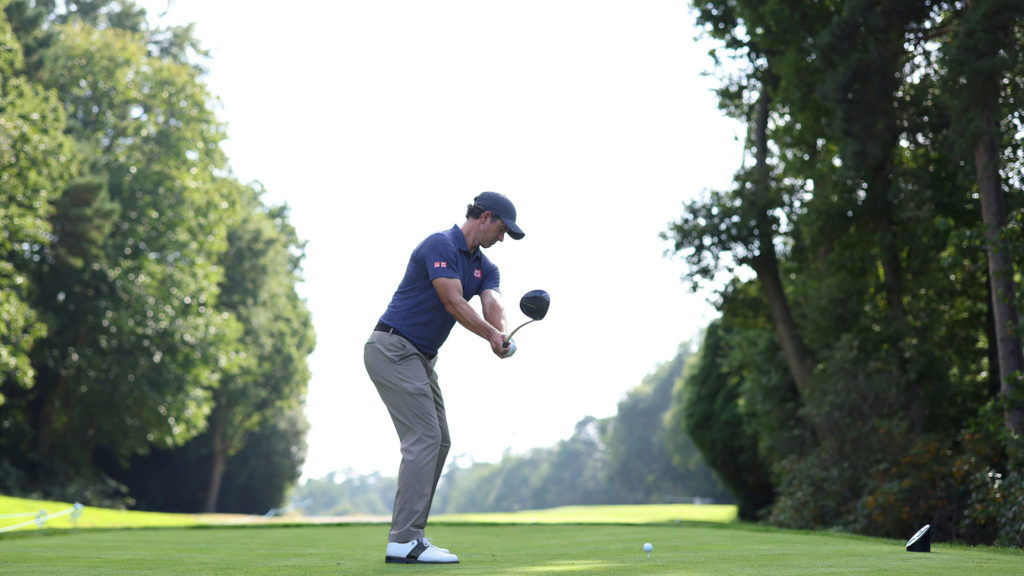How a smoother tempo can help you harness your speed.
Adam Scott’s swing might be the most admired in golf. From setup to follow-through, his form is practically perfect. That’s why so many instructors use it as an example for their students. While you might not be able to replicate it entirely, there is one key you can easily copy to give your swing a boost, says Golf Digest Teaching Professional David Leadbetter.
Looking at Scott’s backswing, Leadbetter notes how he rotates his upper body around a stable lower body. Scott’s movement is so good because his wind-up, or shoulder rotation, completes his backswing.
“When his body finishes, his club finishes,” Leadbetter says.
From there, Scott’s transition into his downswing is seamless. You can see that he maintains some of his weight on his trail side as he starts down, which is indicative of his unhurried tempo. “You can see his right foot is still on the ground. He retains that top of the backswing position until he’s well into the downswing,” Leadbetter says.
It’s the key aspect of Scott’s swing, and the thing you should try to copy, Leadbetter says. There’s no rush to
strike the ball. Scott saves all his
power for the impact zone.
“Remember, you only want speed at one point in the swing,” Leadbetter says, “You don’t want it as you start back. You don’t want it from the top. You want it right through impact.”
Takeaways: For smoother tempo, try copying Scott’s flow. Leadbetter says to think about a one-two cadence. Say to yourself, “one”, as you take the club back, and, “two”, as your club reaches the ball. The more you practise this tempo trick, the more control you’ll have over your speed and distance.
Getty images: Richard Heathcote
















